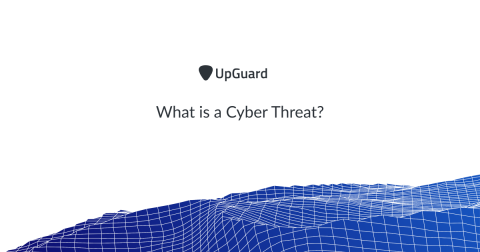What is a Cyber Threat?
A cyber threat (or cyber security threat) is the possibility of a successful cyber attack that aims to gain unauthorized access, damage, disrupt, or steal an information technology asset, computer network, intellectual property or any other form of sensitive data. Cyber threats can come from within an organization by trusted users or from remote locations by unknown parties.








